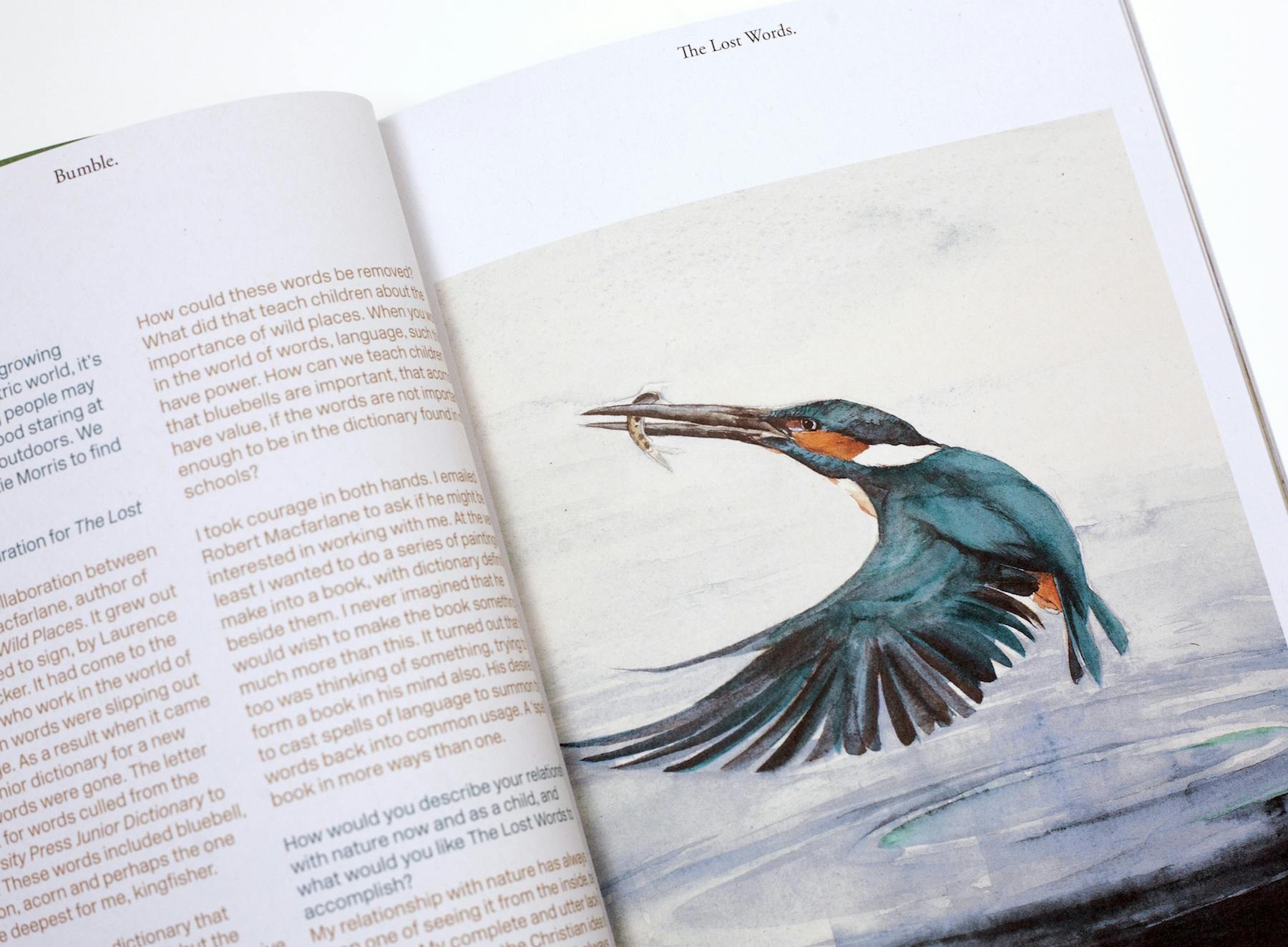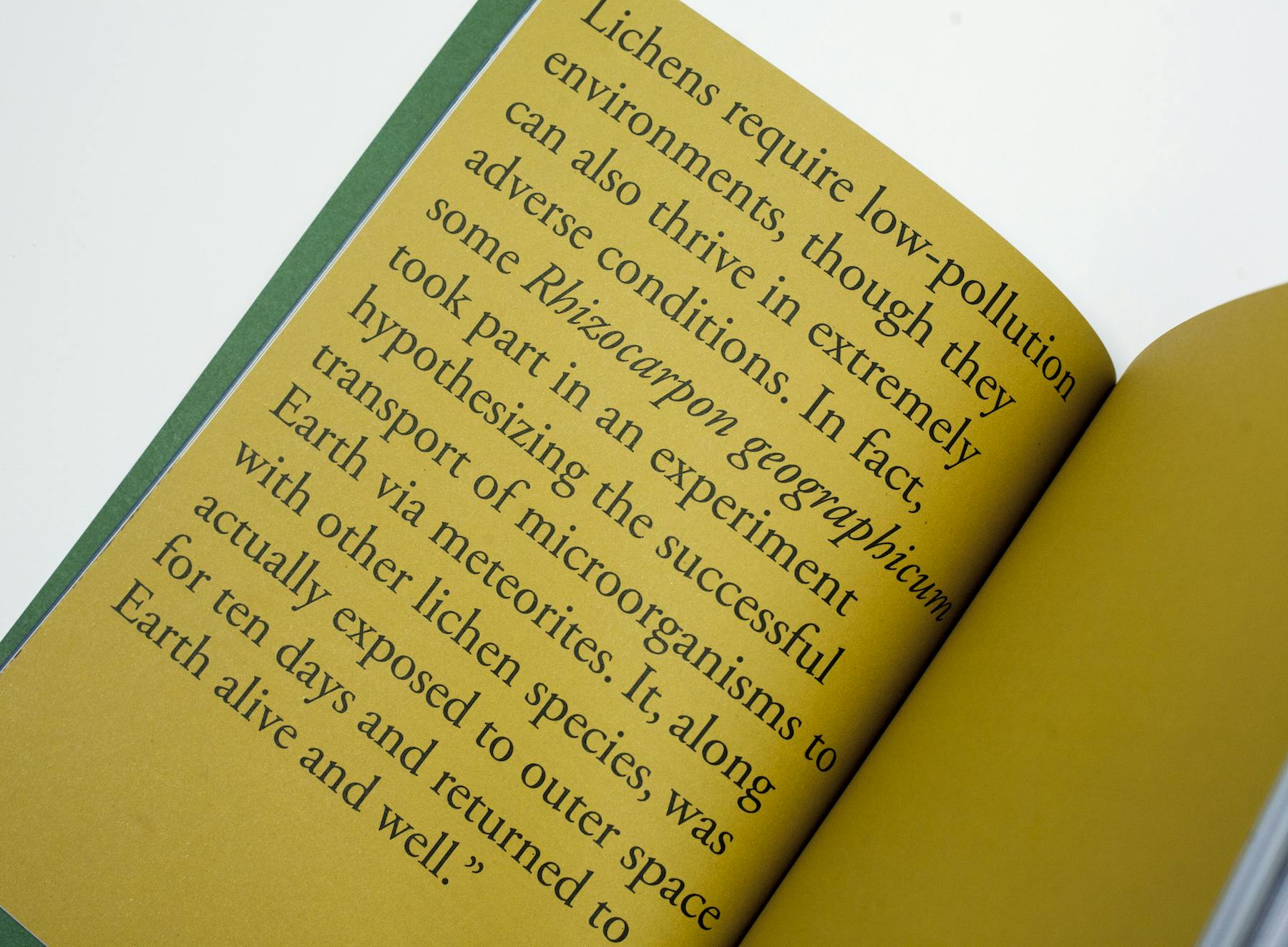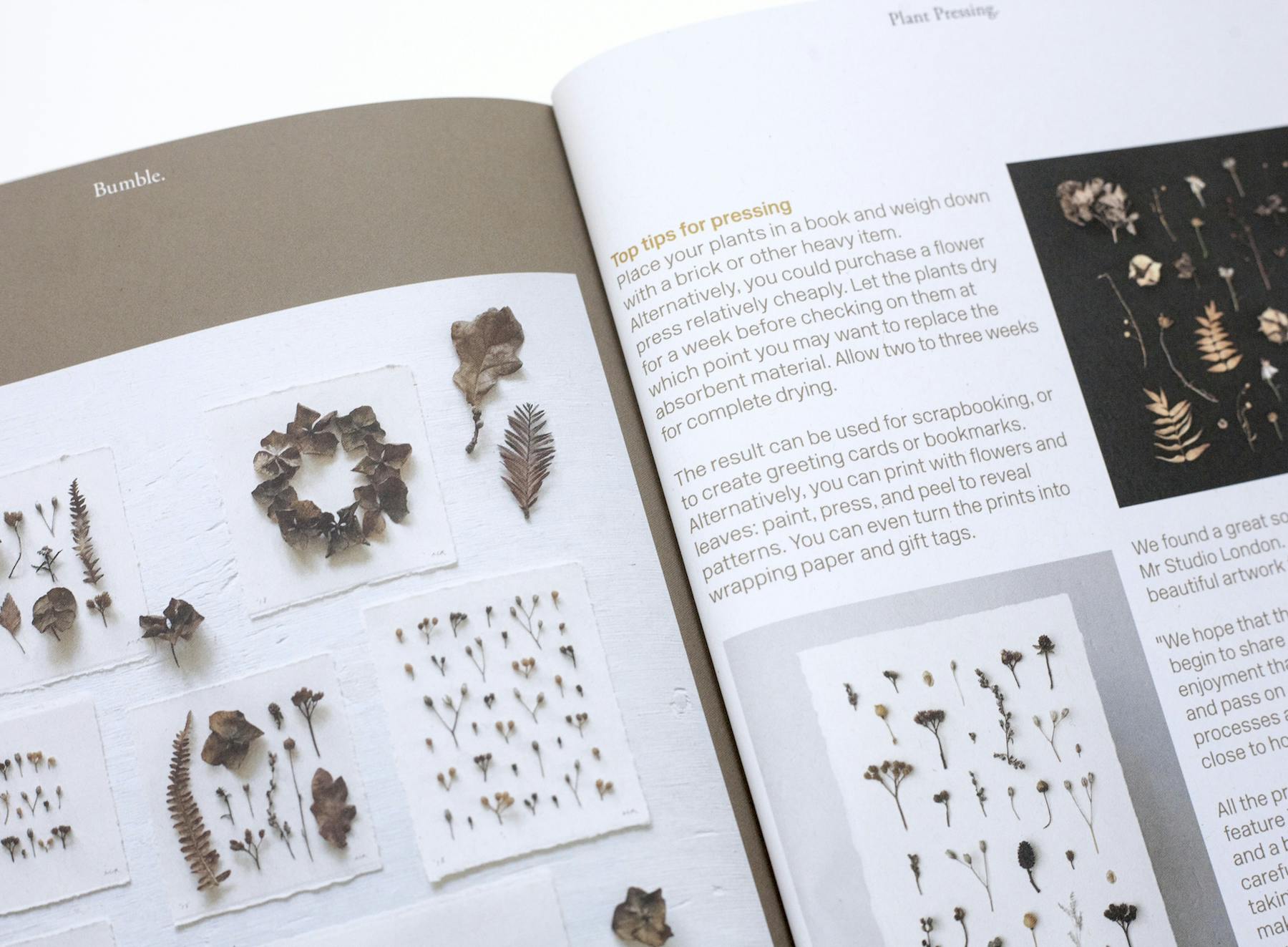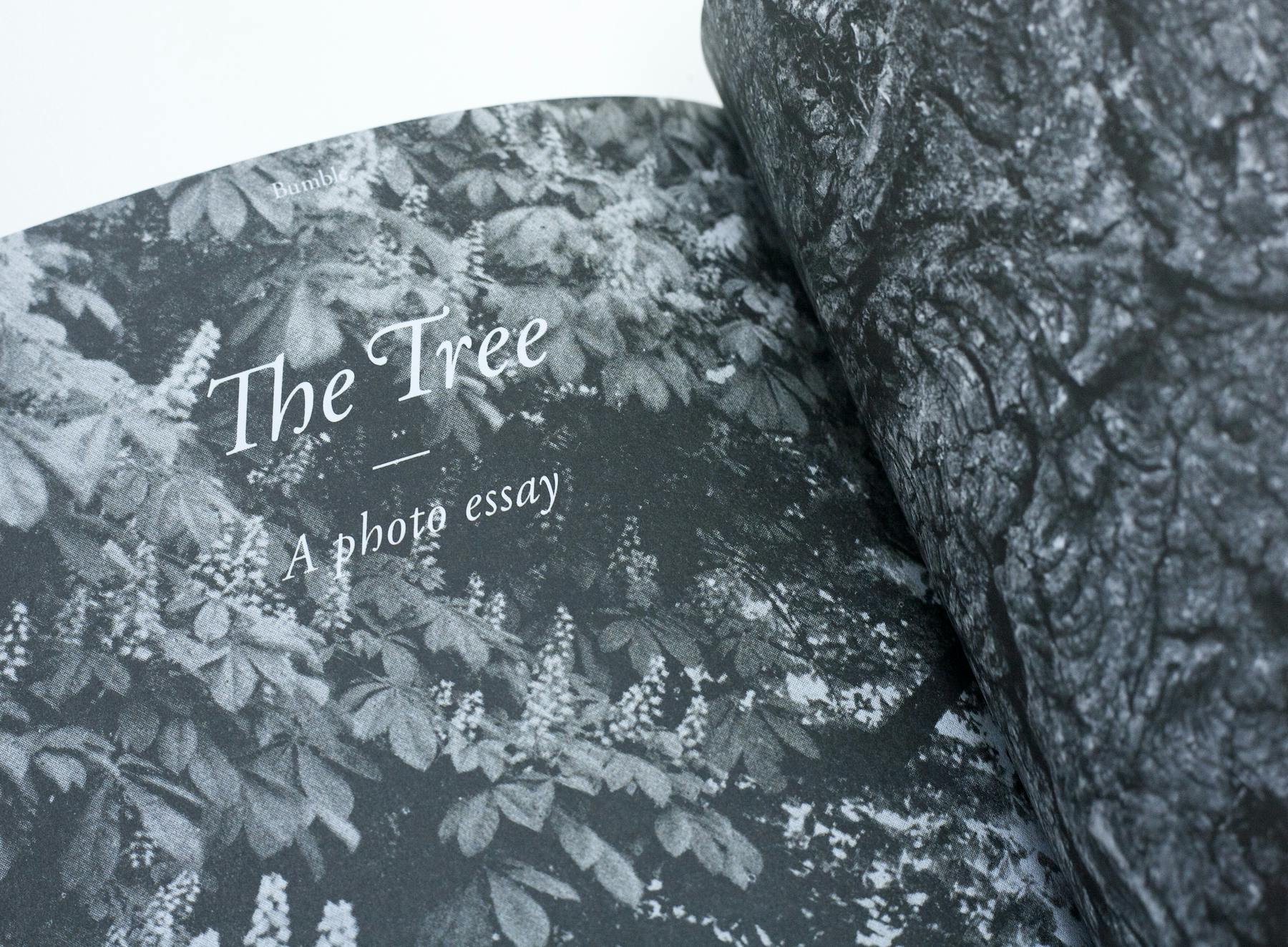Bumble magazine reminds us nature writing is more vital than ever

While the first thing that comes to mind for many may still be musty anoraks and dusty old guides in secondhand bookshops, it’s hard to deny that nature writing is — out of necessity — having something of a renaissance at present.
Having climbed steadily in public popularity since the Attenborough-narrated The Blue Planet and Planet Earth first came into our lives — putting ecological issues alongside the high-definition joys of flora and fauna — in 2018 it’s now impossible to deny the importance of the natural world. Between climate change, mass deforestation and extinction on unprecedented levels, however, it is — as Bumble magazine‘s Josef Shaw and Rachael Nellist put it — a ‘bitter-sweet’ revelation.
Looking to inspire the same conversations that Attenborough’s dulcet tones spawned nearly 20 years ago, the first issue of Bumble brings together thoughtful and thought-provoking writing on the natural world with incredible photography, illustration that harks back to that lightly-foxed heyday, and a firm belief that there’s more to the beauty of nature than the ‘10 best places to take a photograph.’
We spoke to Josef and Rachael to find out just why nature writing matters so much in 2018.
I’ve noticed a real uptick in nature writing lately: books, magazines, blogs, etc. Why do you think that is?
In a bitter-sweet way the last twenty years have seen a massive shift in the public’s awareness of the beauty and fragility of the natural world, with the anxieties and warnings of the past becoming a reality. This has led to a collective ecological conscience and a feeling of closeness with nature: a notion that, although not new, has been reignited after decades of human-centric living. As long as cities continue to grow, infrastructure projects continue to threaten habitats and environmental reports continue to shock the world, there will be readers wanting to learn more about nature before it’s too late.
Such a substantial change in the way we think has produced a wide array of visual media that showcase the flora and fauna we are surrounded by in the world. In terms of depicting this natural world there have been advances in many areas of modern society both because support for the environment is more important now than ever before, and also because there is now a substantial audience for it. Just as British wildlife documentaries have set the worldwide benchmark for excellence, nature writing has been refreshed for the 21st century, with ecologically compassionate readers excited to learn about the environment they live in.
What do you think makes good nature writing?
Currently in circulation around Bumble HQ is Robert Macfarlane’s fantastic The Wild Places (2007). Giving a fascinating insight into the geologic or biologic histories of a place or species, this book represents two of our favourite qualities in nature writing; being both engaging and readable. We love any writing that you can get lost in, and gives you the inspiration to go on adventures of your own.
A strong knowledge of the natural world is important: if we are learning lots whilst we are reading, that’s great! Compassion for nature is also crucial — we tend to shy away from any writing that encourages us to take something from the environment. We’re not interested in finding the ‘10 best places to take a photograph,’ preferring instead to experience nature quietly. Thoughtful observation is always better than to force ourselves upon a natural environment.
You’ve chosen to fill Bumble with illustration as well as photography — why is that?
Being recent arts graduates we have an affection for both illustration and photography, and understand the merits and limitations of both. Having also seen first-hand the talent and passion of new and established artists alike, we wanted to showcase their work and understand their inspirations.
Illustration has long been a defining factor in our love of the natural world — the hand-drawn spotters-guides of old being ever-present throughout both of our childhoods. This medium, as well as printmaking, has always had a close relationship to nature, and has been used to depict the natural environment for centuries. Being very visual people ourselves, we tried to include more images than text where possible, and it made sense for us to fill the publication with illustrations as well as photographs.

What do you think sets Bumble apart form other nature-focused journals?
Bumble combines thoughtful editorial content with strong photography and beautiful illustrations. We wanted to put the natural world and the environment at the centre of the publication and to showcase the beauty inherent in every aspect of nature.
Early on in this project we decided not to include adverts in the publication, fearing they may distract from the design and overall ethos of the magazine. Bumble’s innate charm is further enhanced by the focus on its own environmental impact: the magazine is printed on 100% recycled paper using vegetable-based inks, and we have also made sure to use no plastics in the packaging.
Sitting alongside a growing number of outstanding wildlife-based magazines and books, we hope to form a community of publishers and nature lovers, focussed on bringing wildlife and the environment to the forefront of all our lives!
In your mind who is Bumble for?
With Bumble we set out to create a simple, straight forward publication that offers viewers of all ages a chance to engage with nature, whilst educating them on the importance of the natural environment. We wanted to allow any reader — regardless of prior ecological knowledge — to read, understand and immerse themselves in the world around them.
Bumble is for anyone with an interest in nature and the natural environment. It’s for readers who want to know more, or are interested in how nature is portrayed by artists using diverse techniques and mediums. It’s for those who aren’t aware they have an interest in nature, who we hope will feel educated and inspired by this publication.
Ultimately, it’s for everyone to enjoy, just like nature itself!










